Thomas, a man paralyzed from the chest down after a diving accident in July 2020, was able to move his arms again thanks to testing this new technology.
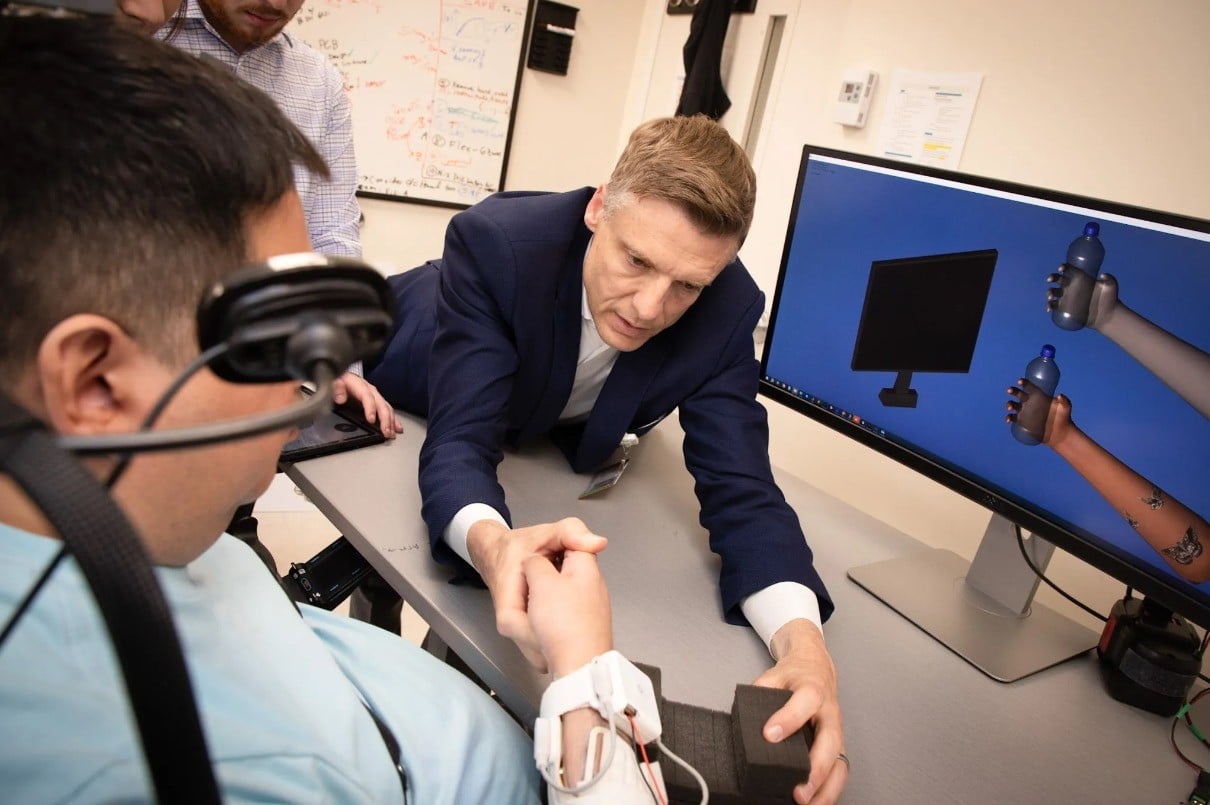 |
| Chad Bouton (right) works in a lab with new technology at the Feinstein Institutes for Medical Research with Keith Thomas, a paraplegic patient. (Source: Feinstein Institutes for Medical Research) |
According to Time Magazine, Chad Bouton, a bioengineer at the Feinstein Institute, New York, USA, who led the experiment, said Thomas is the first person in the world to receive double neural bypass surgery - a technology that links the brain, spinal cord and body to restore movement and sense of touch.
Thomas' surgery lasted 15 hours. Five small, thin electrical arrays were implanted into the areas of his brain that control movement and sensation in his right hand and fingers.
During the surgery, doctors woke him up periodically to confirm the electrical arrays were in place. Thomas said he could feel some of his fingers for the first time in nearly three years.
Now, when Thomas wants to perform a movement, like squeezing a water bottle, the electrical arrays will transmit signals from his brain to a computer via an HDMI cable connected to a signal amplifier on his head.
From there, the computer decodes the signal and tells electrodes placed on Thomas's skin to stimulate the necessary muscle groups to initiate the movement. The entire process happens instantly, but Thomas still has to try to imagine and perform the movement.
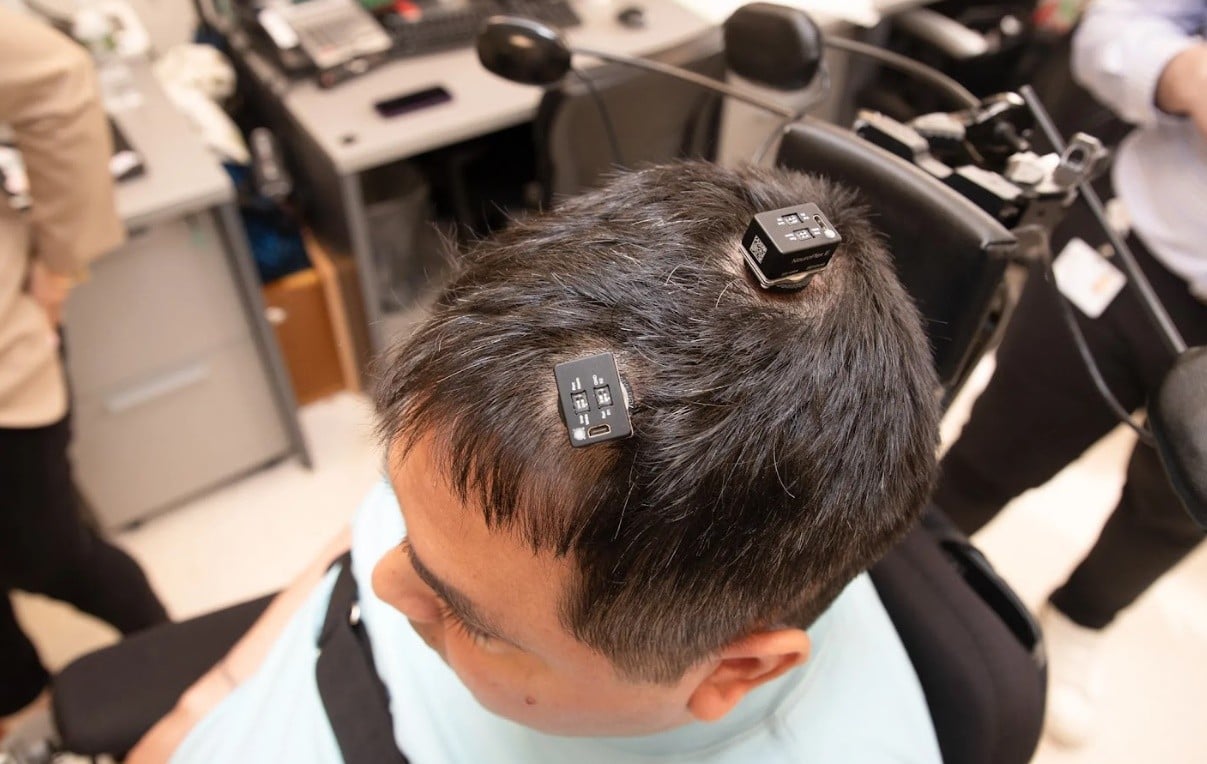 |
| Image of signal amplifiers on Thomas' head (Source: Feinstein Institute for Medical Research) |
In addition to starting to move, Thomas is regaining his sense of touch. When he touches an object or person, sensors on his skin send signals to his brain via a computer.
Thomas can now feel a hand on his arm, or a feather caressing the sensors on his fingertips. It’s not the same as it was before the accident, though, as every touch was a huge thrill for Thomas. Still, it’s a positive development.
The system not only connects Thomas’ brain to his arm, but also connects his brain to his spinal cord. This reactivates the paralyzed parts of his spinal cord, allowing him to move and feel things on his own.
Just a few months after the surgery, Thomas was able to move his hand without the help of a computer, and he could feel the pressure in his hand when his eyes were closed.
Thomas is getting more and more excited. He continues to treat himself, not only to help others, but to help bring this technology to others in similar situations.
Like Thomas, Bouton says products like this could be useful for people with mild paralysis, such as those who have had a stroke, or who don’t want to undergo brain surgery. If the system works for that group of patients, Bouton says, “it opens the door to millions and millions of people around the world.”
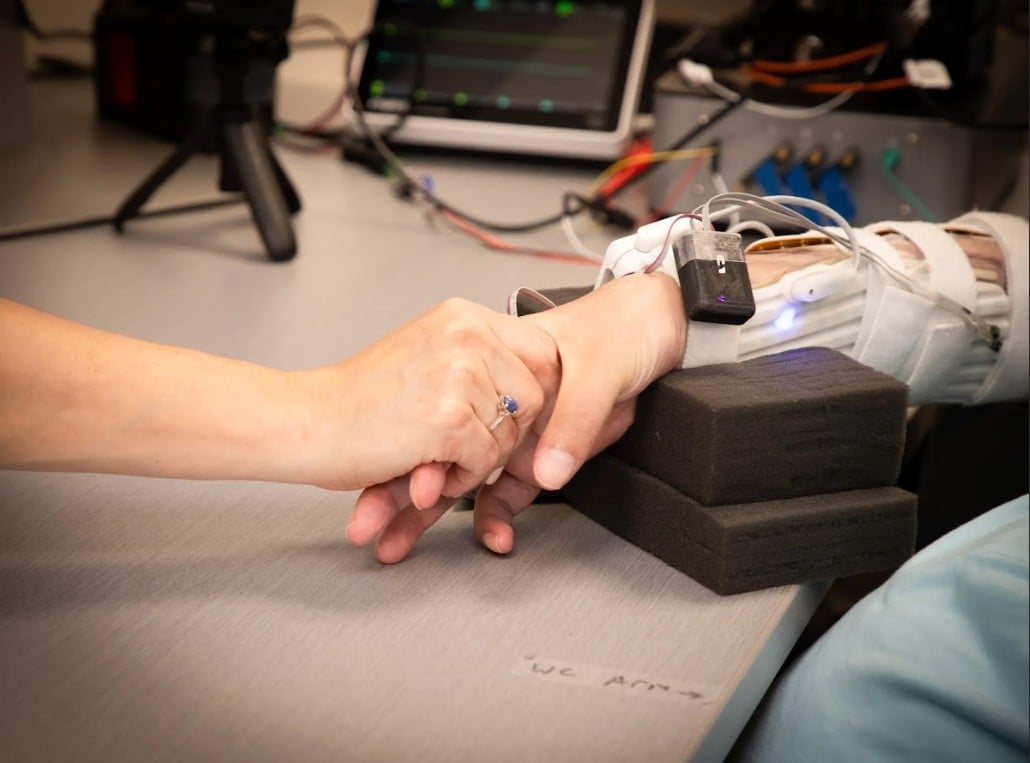 |
| Image of Thomas holding hands with a loved one after regaining feeling in his hands. (Source: Feinstein Institutes for Medical Research) |
Source



![[Photo] Phu Quoc: Propagating IUU prevention and control to the people](https://vstatic.vietnam.vn/vietnam/resource/IMAGE/2025/8/24/f32e51cca8bf4ebc9899accf59353d90)


![[Photo] Party and State leaders meet with representatives of all walks of life](https://vstatic.vietnam.vn/vietnam/resource/IMAGE/2025/8/24/66adc175d6ec402d90093f0a6764225b)




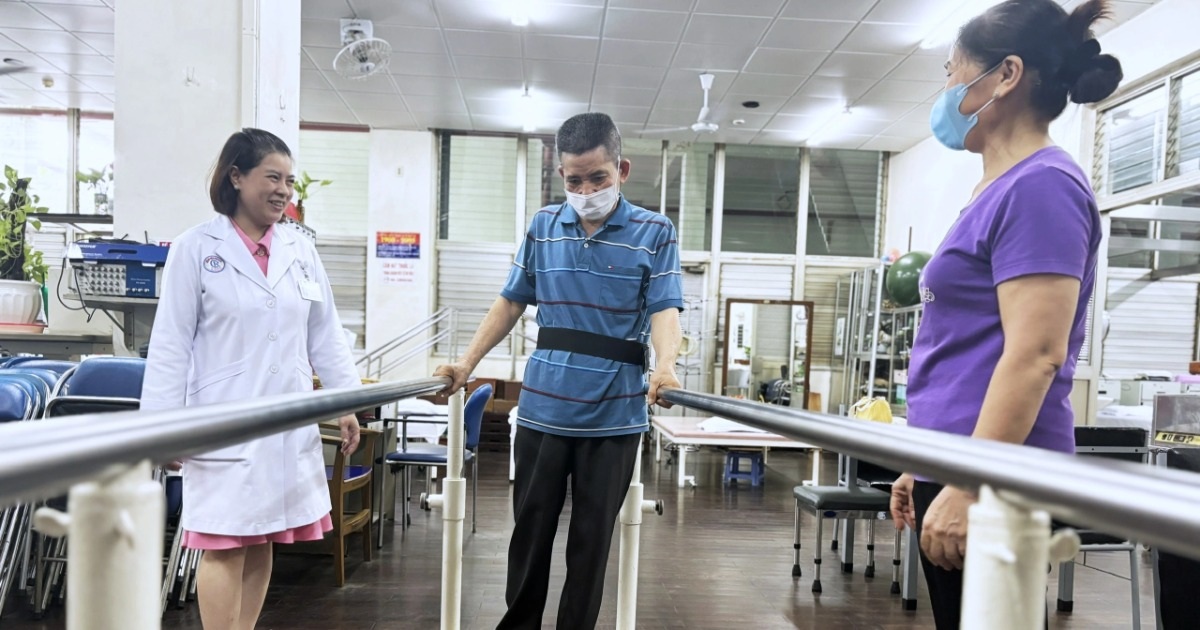

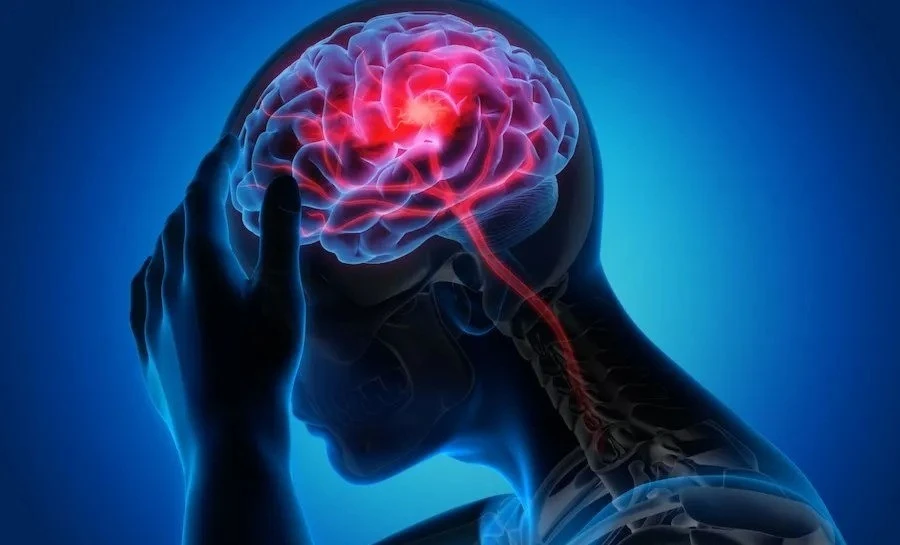




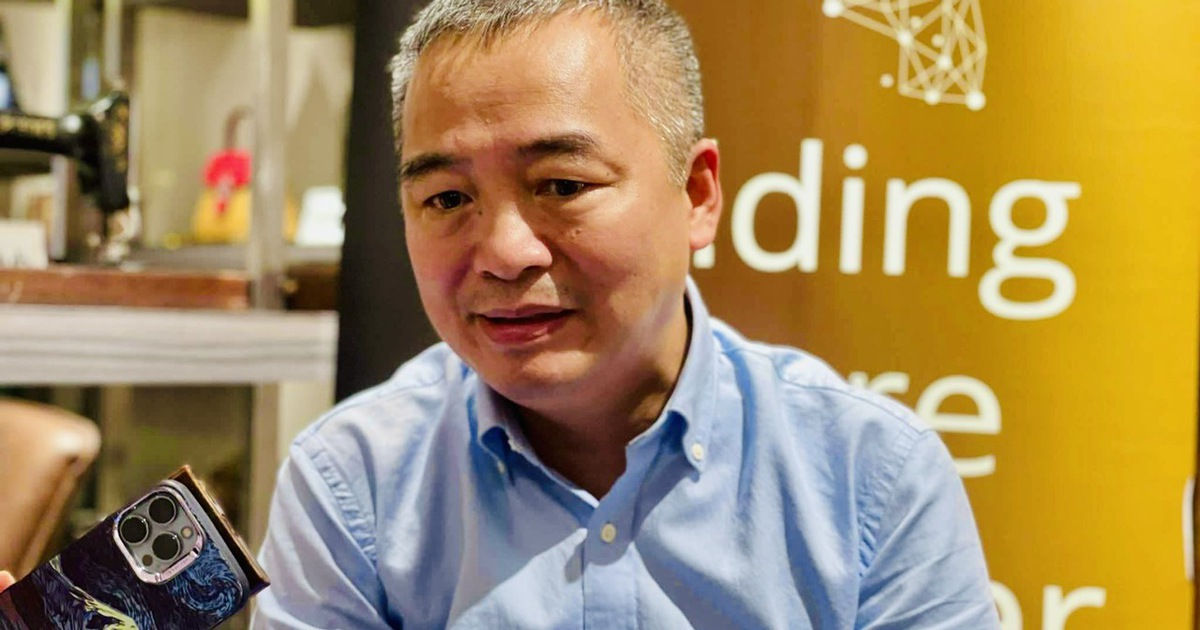



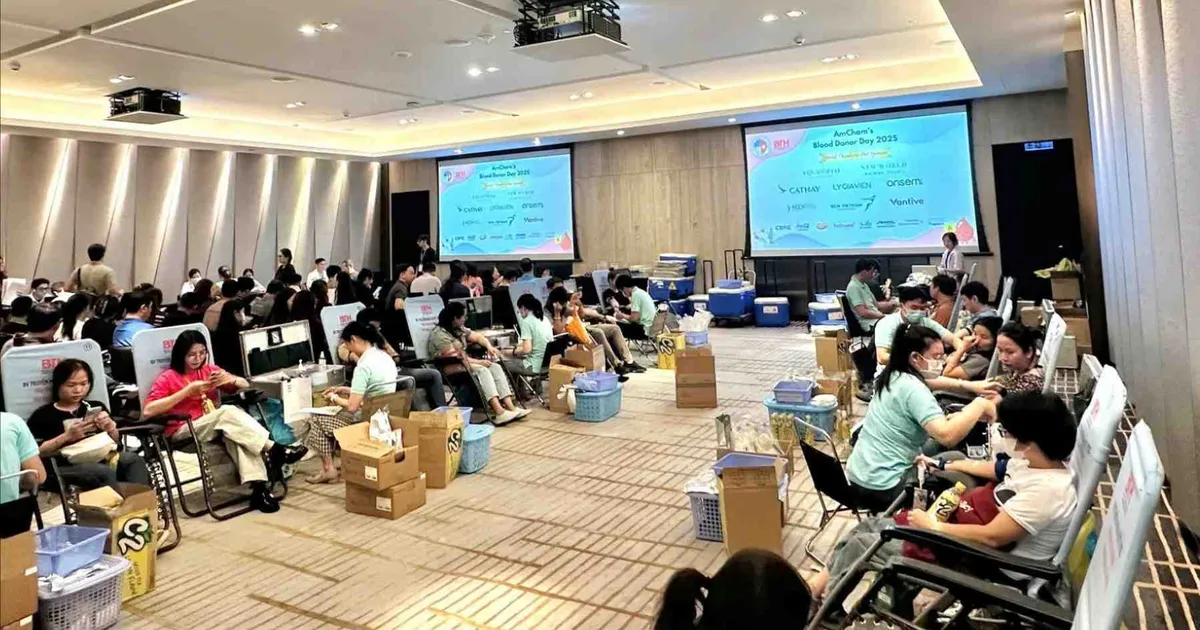







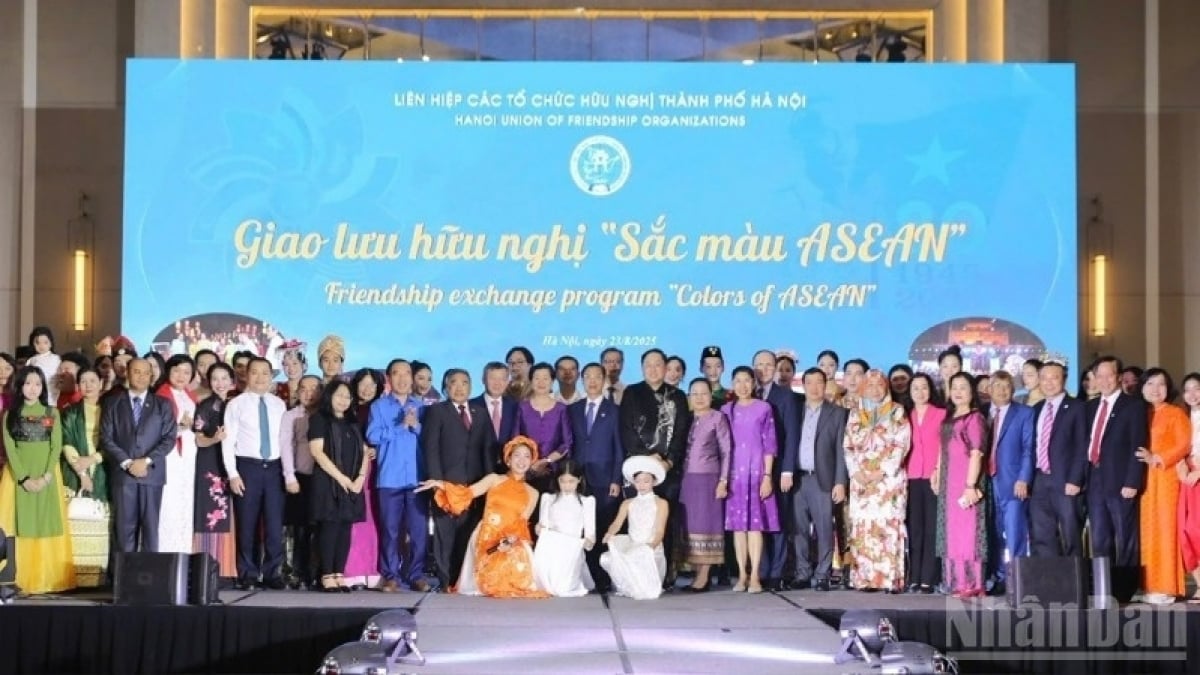
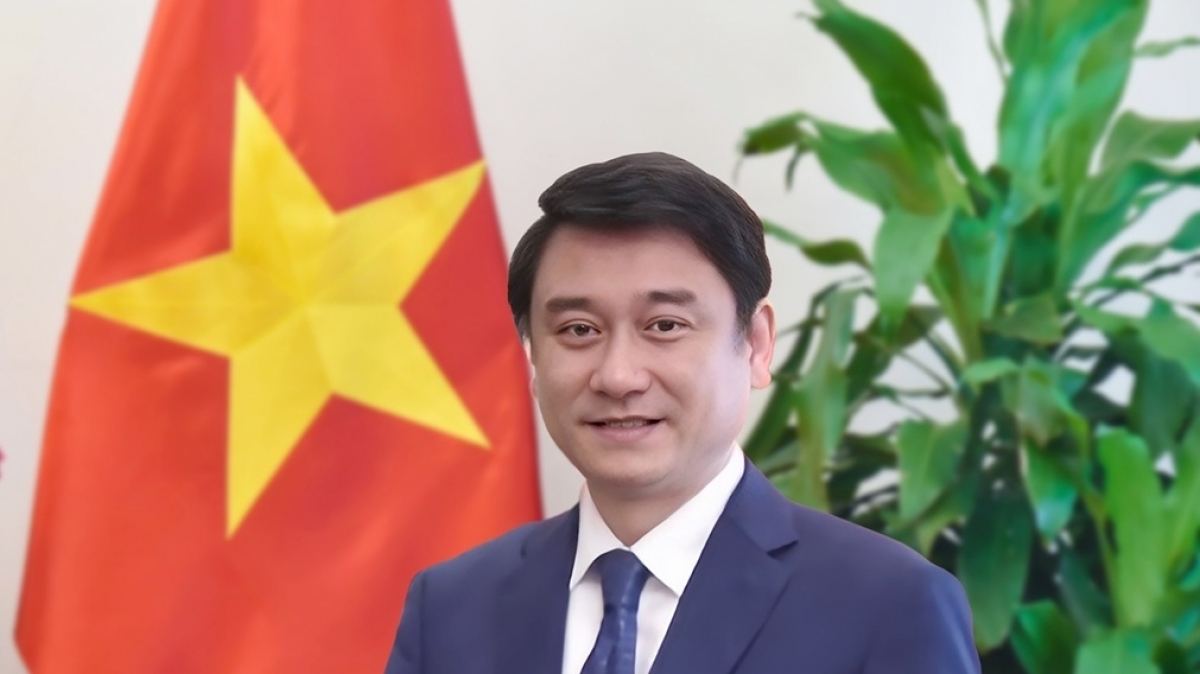
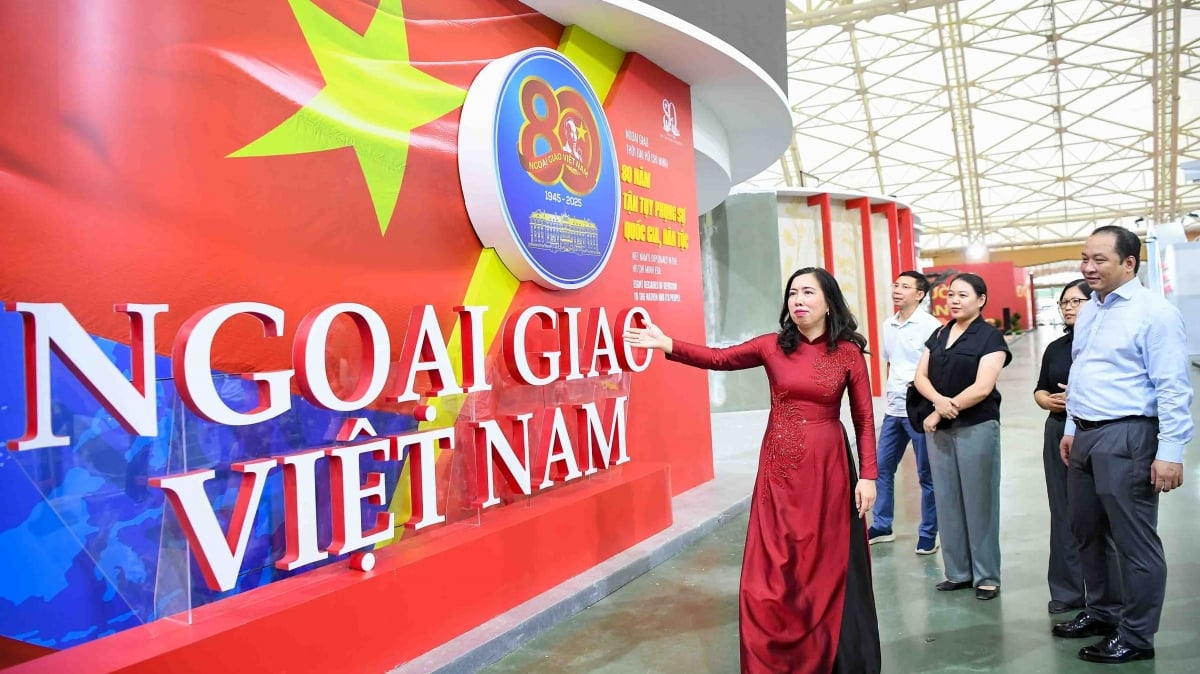
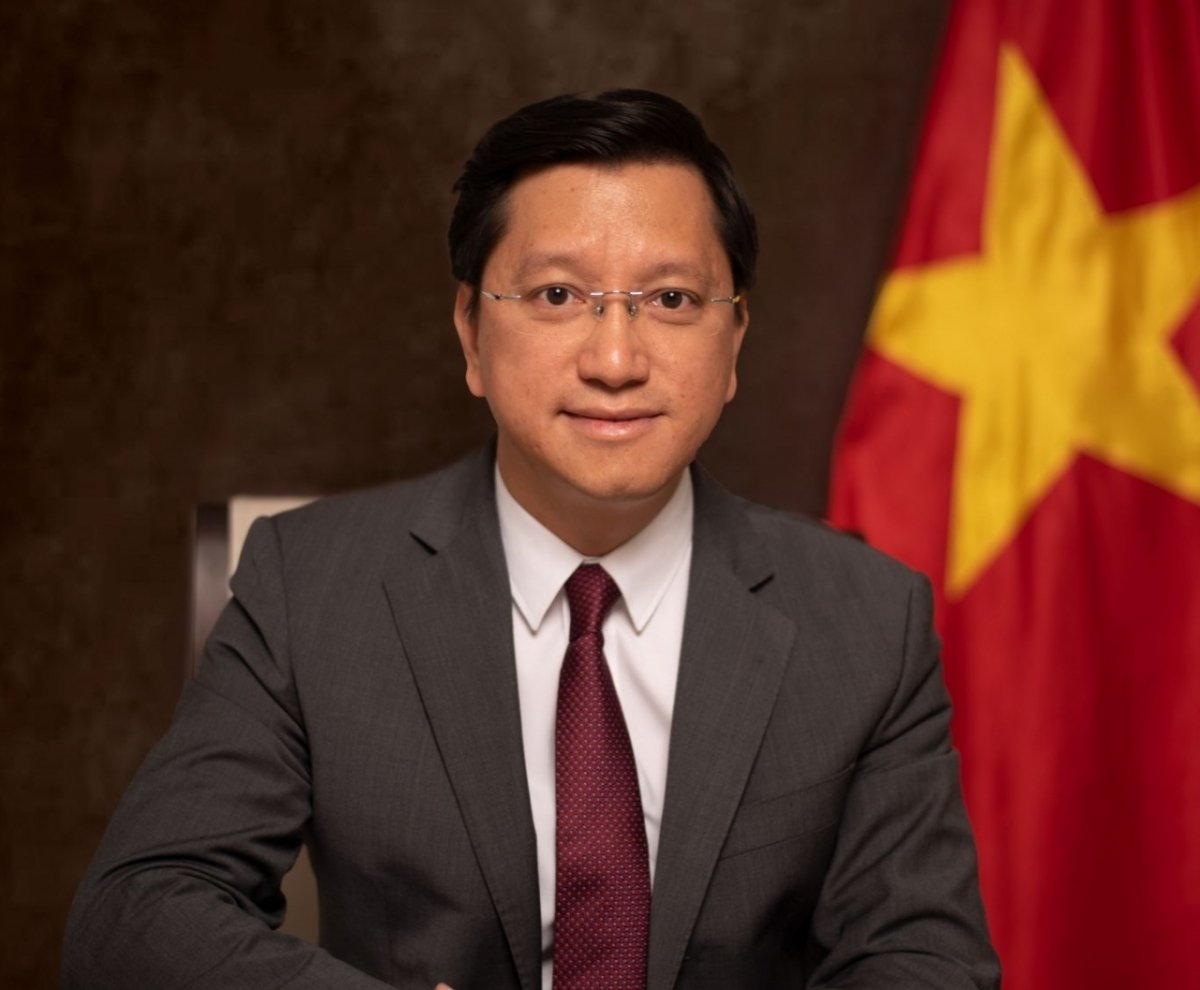
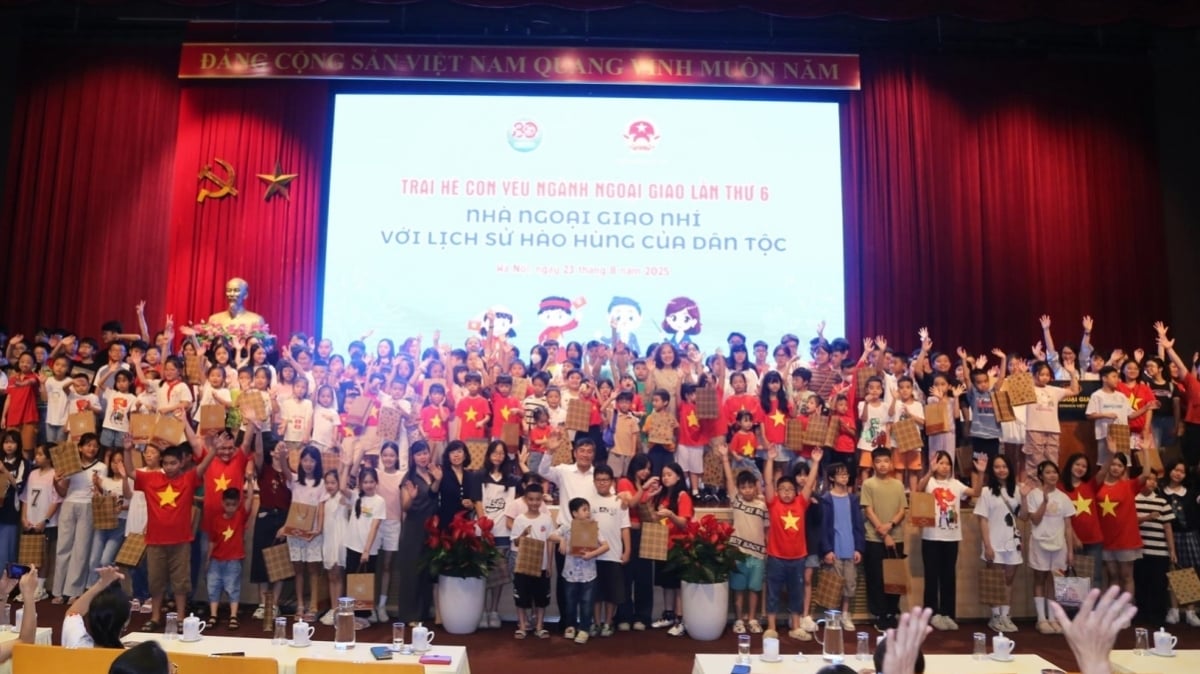
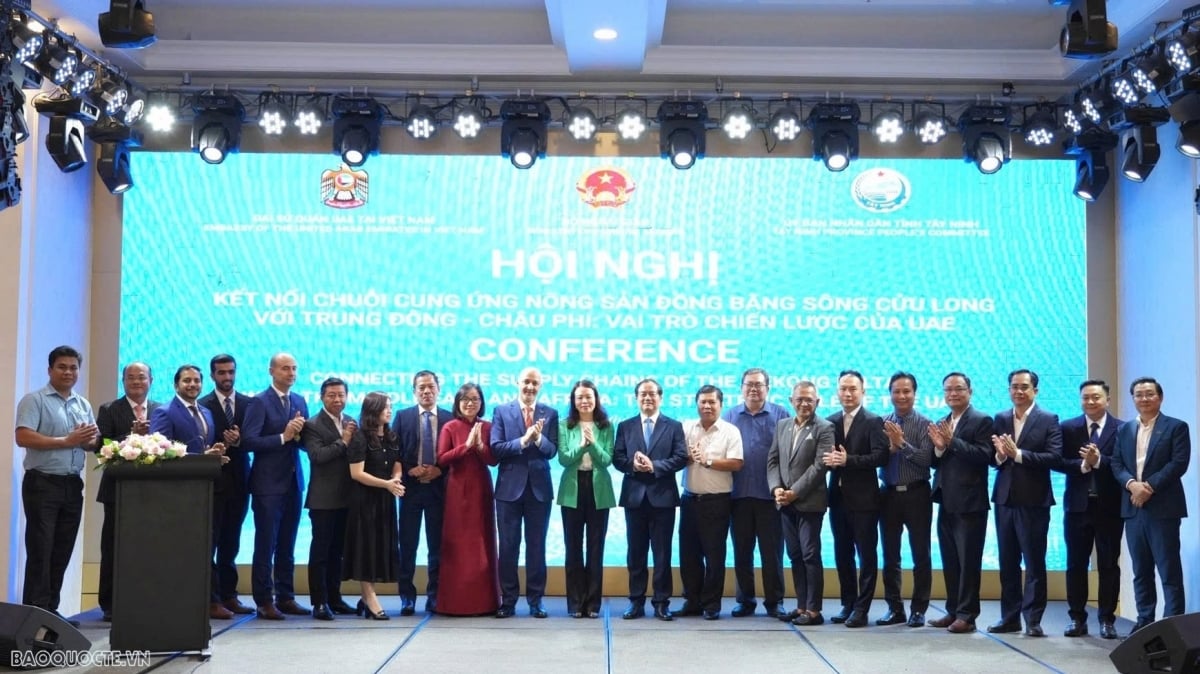




























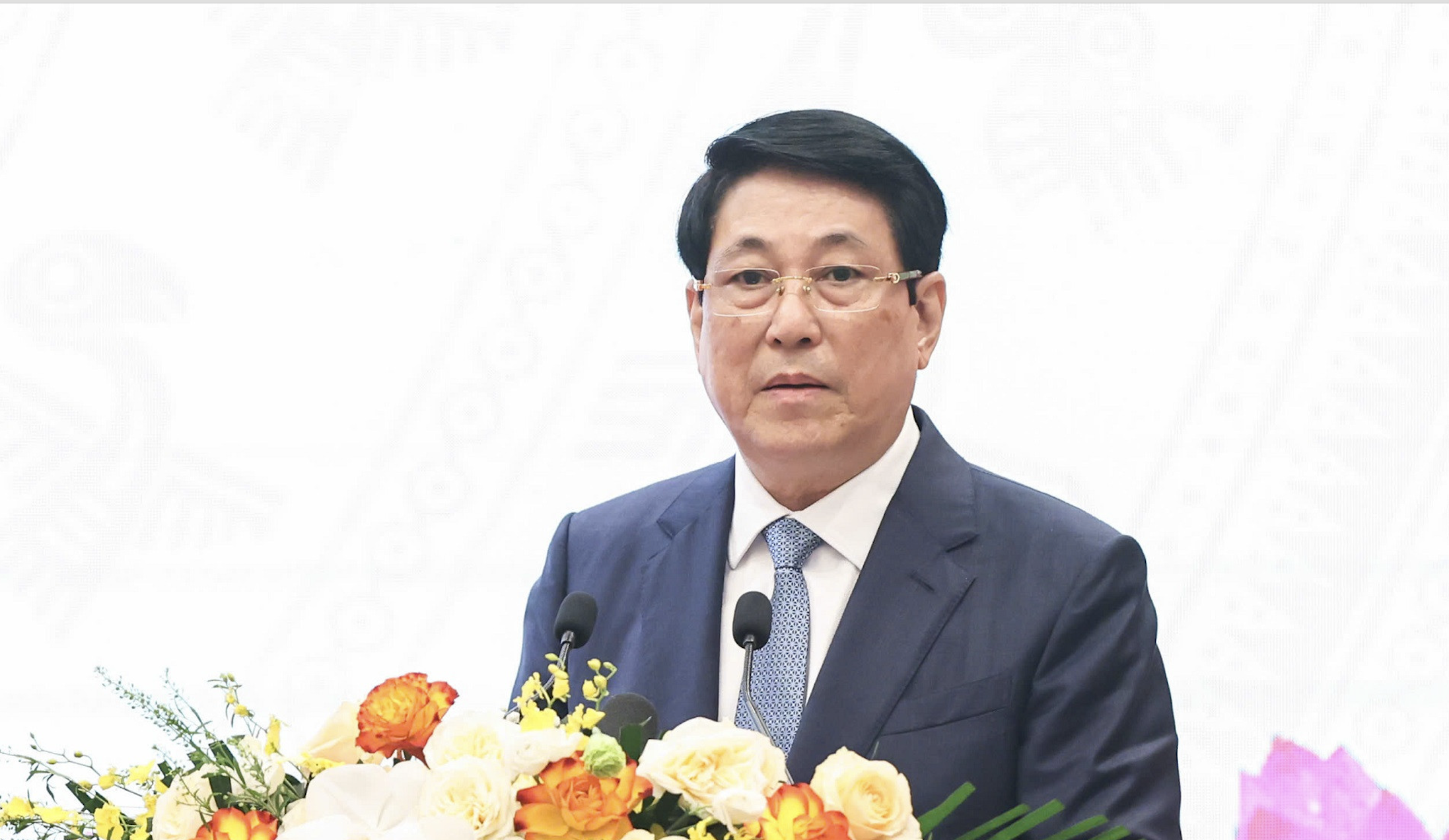


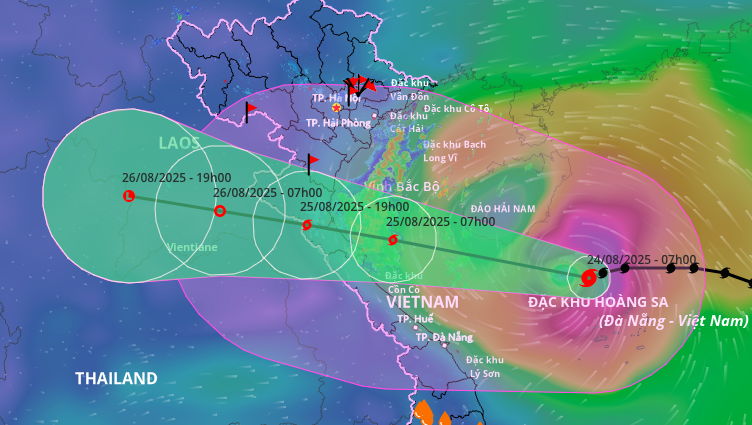




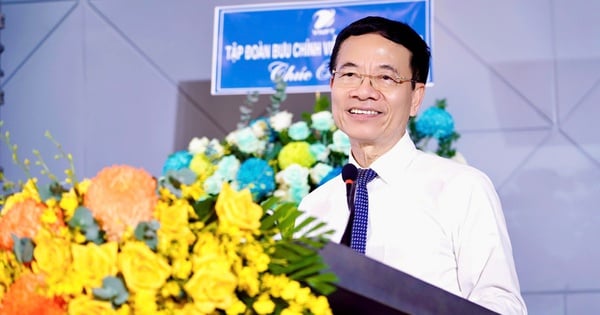





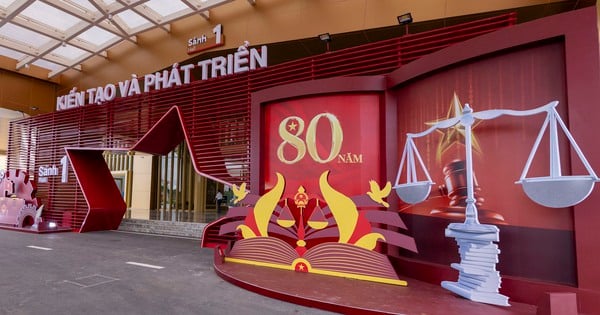


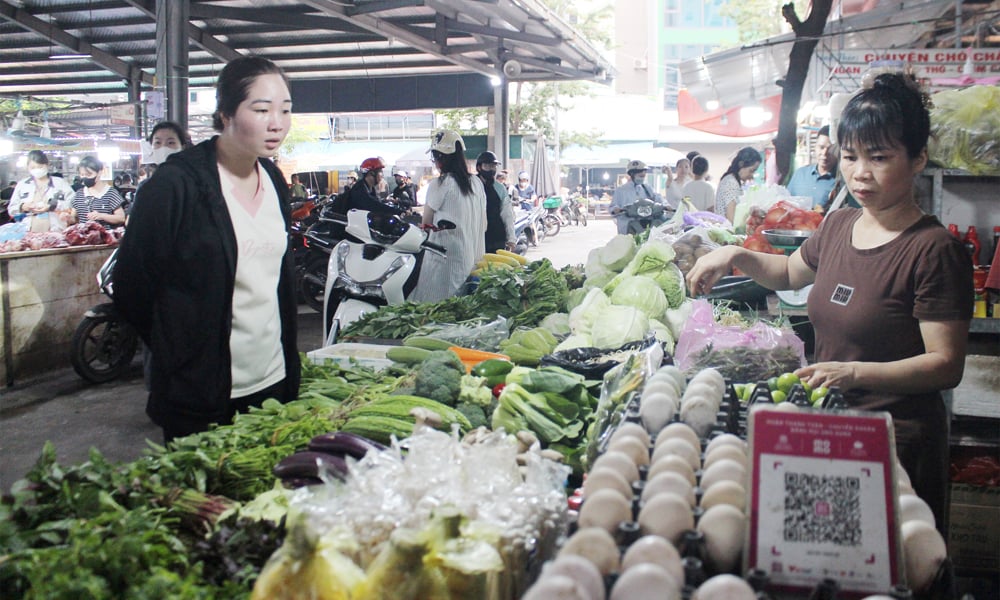

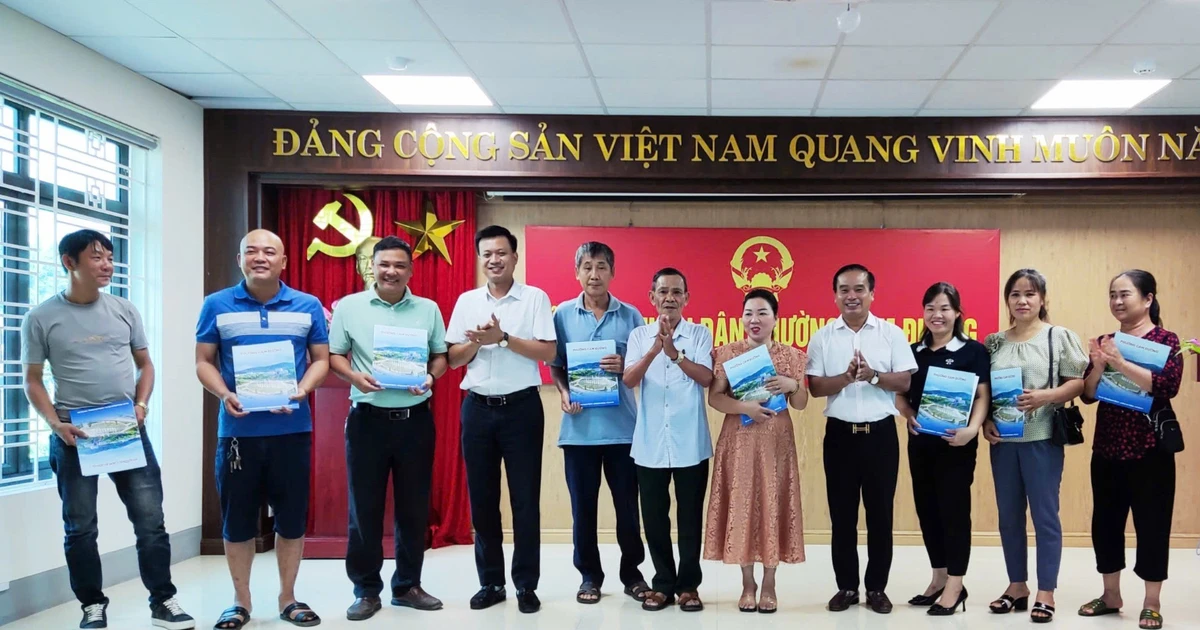
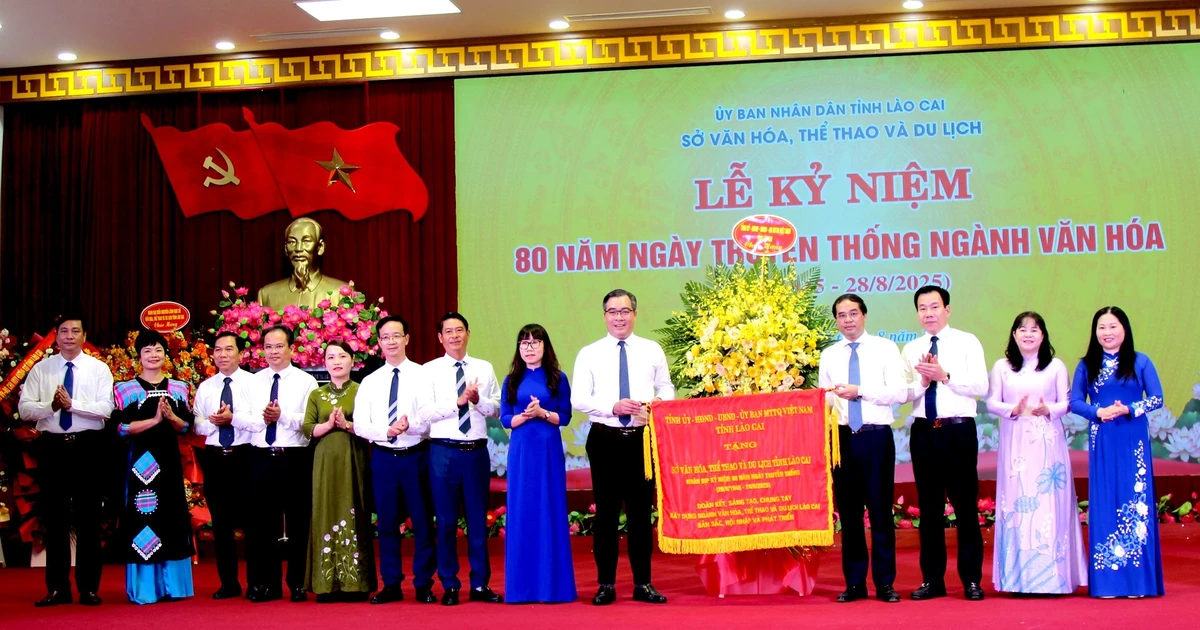
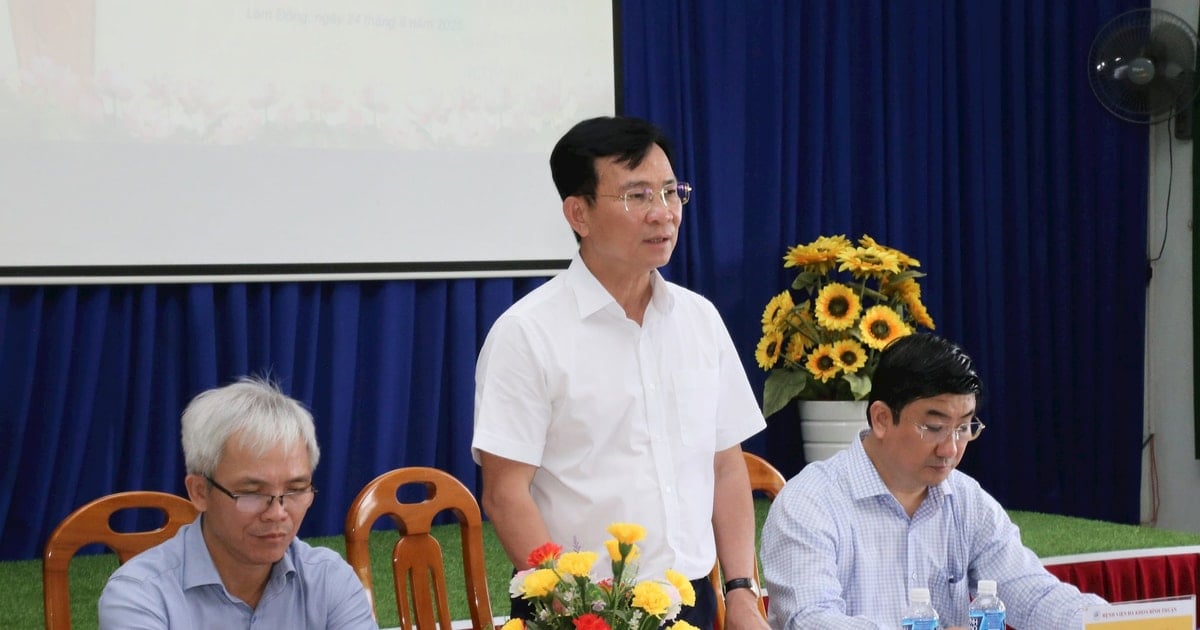



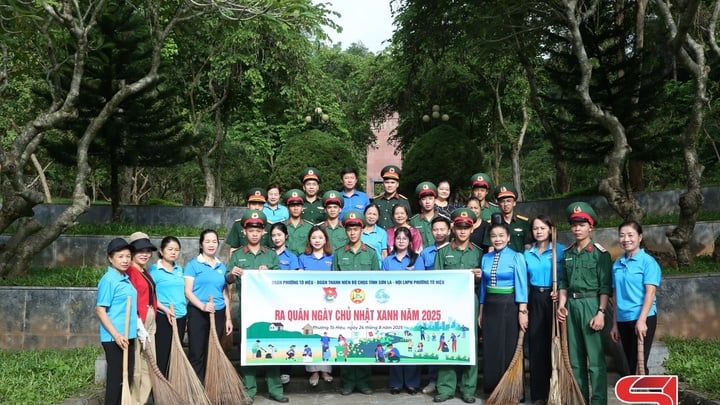
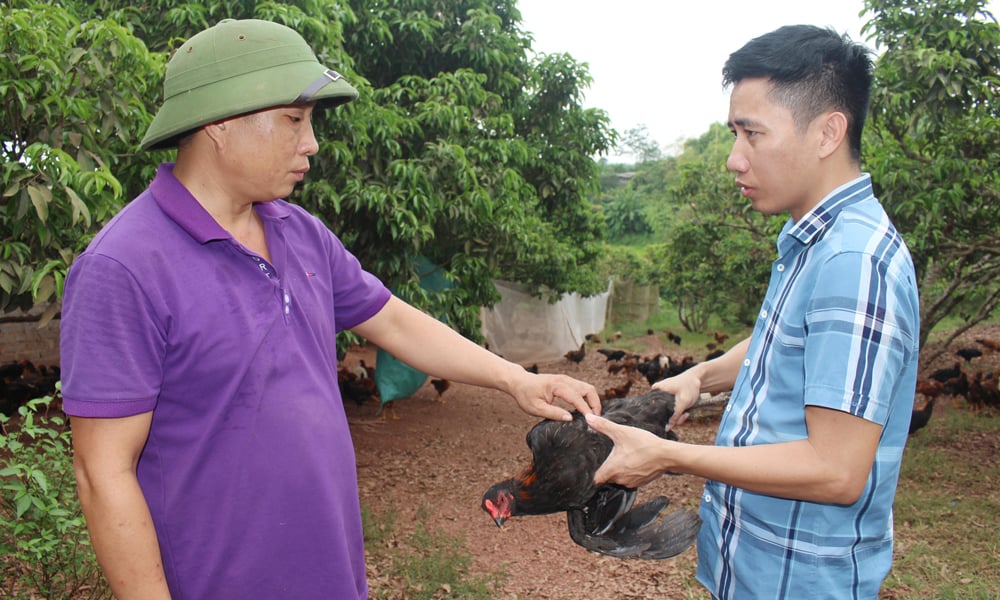












Comment (0)